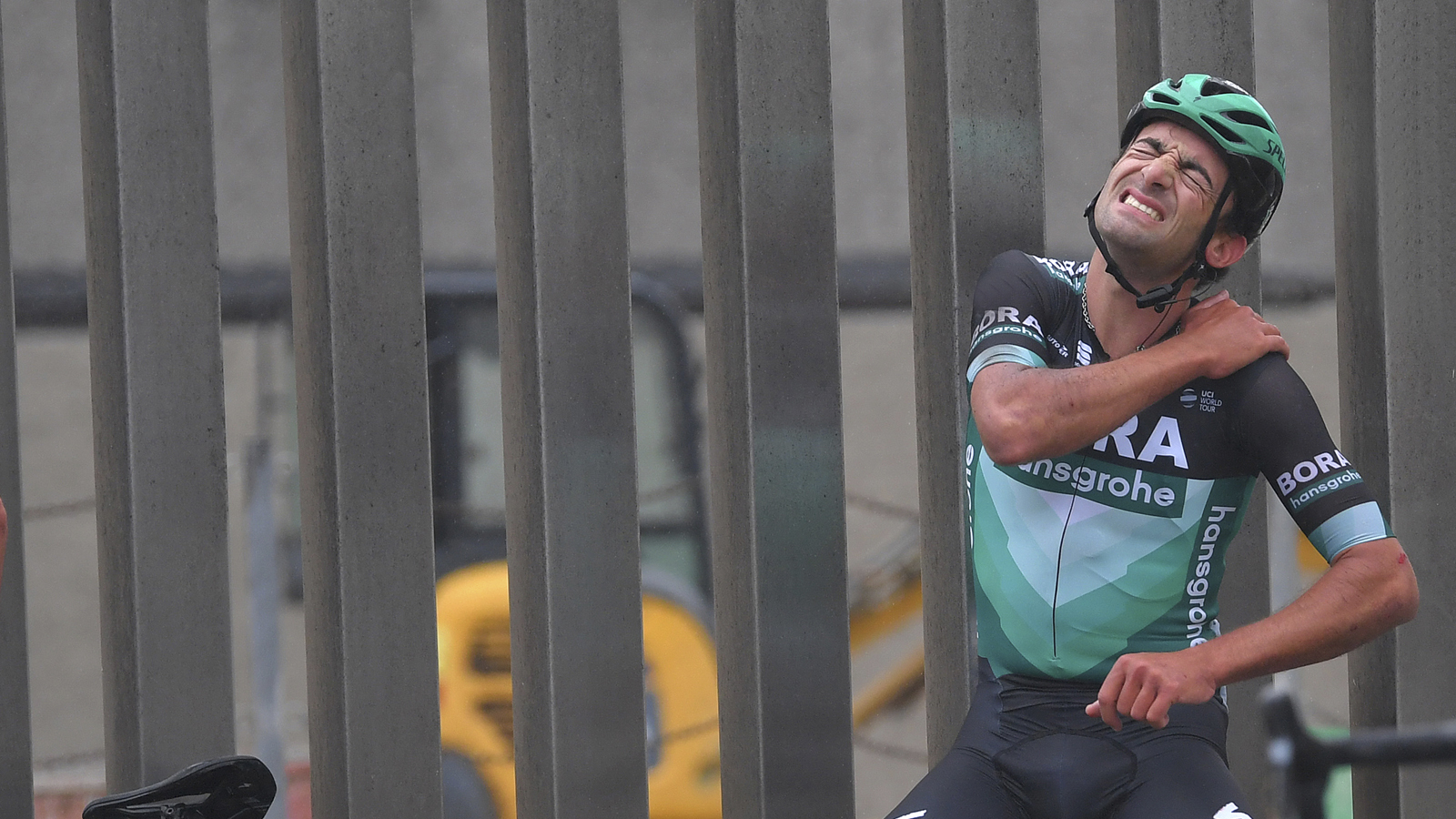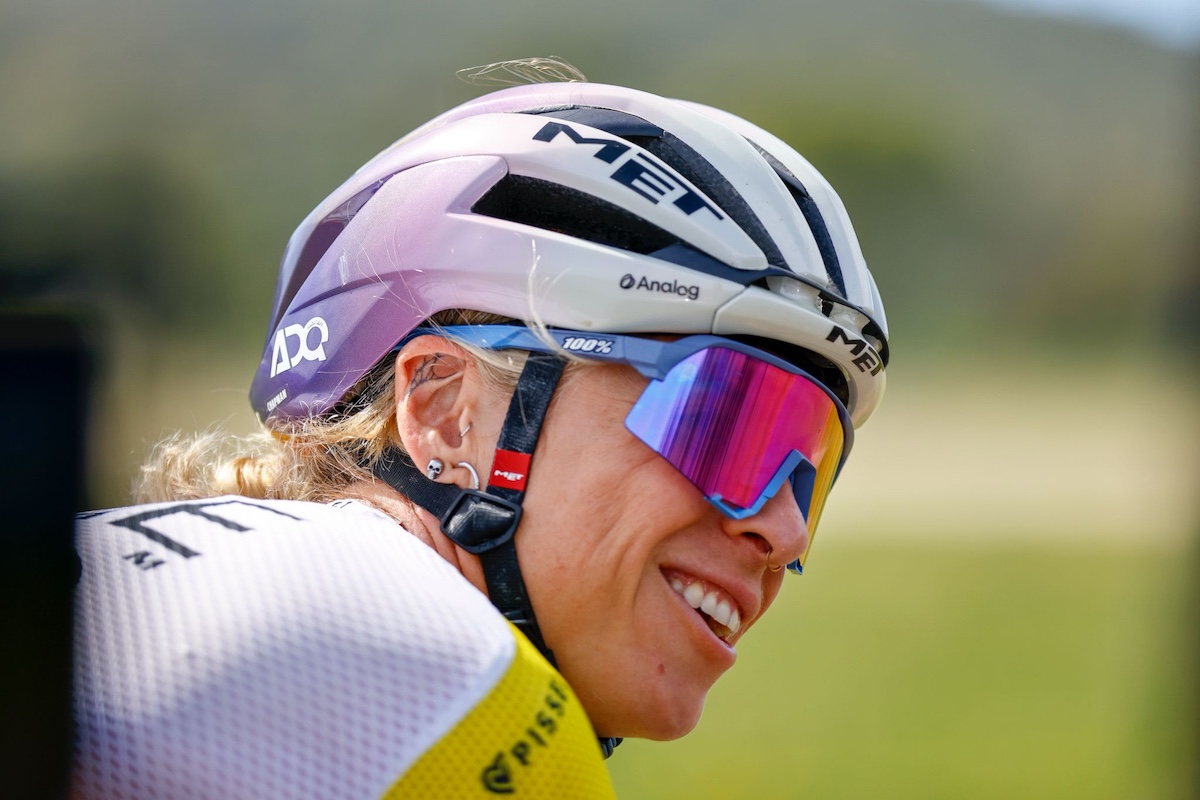Common cycling injuries and how to prevent them
As your training load increases over time, so does the risk of injury. Here's how to diagnose and prevent common cycling injuries

The current coronavirus lockdown measures have seen an increased training availability among many cyclists which has subsequently boosted total training volume. This extra training time coupled with the peer pressure of needing to keep up with the crazy feats of mileage on indoor cycling apps has increased the likelihood of picking up an injury.
In general, cycling injuries can be classed into two categories:
- Acute Injuries: mainly occurring as a result of an accident
- Chronic Injuries: also known as overuse injuries, often as a result of increased training load
While there is still a chance of going flying off your rollers trying to win the sprint for the line in your Zwift race or TrainerRoad sprinterval session, this is highly unlikely, and so we will focus on the chronic injuries and how you may prevent these.
Knee pain
Knee pain is one of the most common overuse injuries reported amongst cyclists. This can also be subdivided into two main types of knee pain reported upon.
Anterior knee pain (pain in the front of the knee around the kneecap) is most likely a cause of Patellofemoral syndrome (often termed cyclist’s knee). The most common cause for Patellofemoral syndrome is a sudden increase in training load (volume), incorrect cleat positioning, incorrect bike fit (incorrect frame size, saddle height too high or low, incorrect saddle position) and muscular imbalances of the cyclist.
Patellofemoral syndrome can be avoided by utilising wedges or orthoses within the shoes or beneath the cleats, altering the cleat position or altering saddle height.
Lateral knee pain (pain or discomfort around the outside of the knee) is caused by Iliotibial Band (ITB) Friction Syndrome. Diagnosis of this syndrome is made by careful clinical examination. Pain is most significant at 30 degrees of knee flexion (ITB impingement angle). The most common method of prevention is correct saddle height positioning (a minimum knee angle similar to the ITB impingement angle), accompanied by conditioning the hip stabiliser muscles.
The latest race content, interviews, features, reviews and expert buying guides, direct to your inbox!
Lower back pain
Hours spent on the bike curled over the handlebars, compounded by the fact that many have jobs where they are sitting behind a computer screen, lead to one of the most common injuries among cyclists. This prolonged flexed position can be related to intervertebral disc compression, traction on the facet joint capsules and traction resulting in muscle strain.
Lower back pain is mainly related to your position on the bike, with the correct saddle angle a major contributing factor to preventing lower back pain. Several bike-fit parameters including saddle height, handlebar drop, and reach can be adjusted to prevent pain and discomfort. Attention should also be paid to lower abdominal and core muscle strength and flexibility.
Neck pain
Neck pain occurs in cyclists as a result of a muscle spasm due to constant hyperextension of the neck. This is prolonged by remaining in a position for too long (common in indoor cycling). An improper form on the bike can cause a cyclist to round their backs. Tight hamstring and/or hip flexor muscles can also cause arching of the back, leading to hyperextension of the neck.
Performing shoulder shrugs and neck stretches while riding can help alleviate this issue, as well as changing position on the bike occasionally. Professional cyclists begin most training days with strength and conditioning sessions, and regularly stretching can increase flexibility making it easier to maintain proper form. Changes to your bike fit may also be required, such as stem length and handlebar drop adjustments.
Hand pain
Many cyclists present numbness and tingling sensations within their hands, due to the weakening of the muscles of the hand. The most common cause is ulnar nerve compression and, to a lesser extent, median nerve compression.
The main cause of this pain is the constant pressure and/or vibration, with the wrist in prolonged hyperextension and abduction. Methods to prevent this include wearing cycling-specific gloves, frequently changing hand position during rides and reducing body weight on the handlebars (by reducing handlebar drop or reach).
Buttock/groin pain
This pain is caused by the pressure of the saddle during prolonged sitting and can result in injury to several anatomical areas. These injuries can include saddle (pressure) sores, perineal folliculitis and furuncles, callosities, subcutaneous fibrosis, and subcutaneous perineal cystic nodules
The most important advice to avoid these injuries includes using a modern, anatomically designed saddle (different for male and female), using high-quality padded cycling shorts that are cleaned daily, and adjusting the saddle position to distribute pressure appropriately.
If you are experiencing any of these chronic pains while riding, I highly recommend seeing a local bike fit expert to assist you in correcting your riding position. If the symptoms continue post bike fitting a physiotherapist or sports physician should be consulted for an off-the-bike assessment.
Jarred Salzwedel completed his Honours degree in Sports Science at the Nelson Mandela Metropolitan University in 2013. His Master's degree focused on investigating training adaptations to differing high-intensity interval training programmes in cyclists.
He has raced both on the road and track at a National level in the Junior ranks which led to his interest in the science behind training and conditioning, as well as his passion to help athletes optimise their performance.
Jarred owns and manages Cycle Dynamic Coaching - a coaching platform that looks after and advises some of South Africa’s top Road and Track cyclists. He has extensive knowledge in exercise physiology having previously focused on the physiological testing of endurance athletes.

